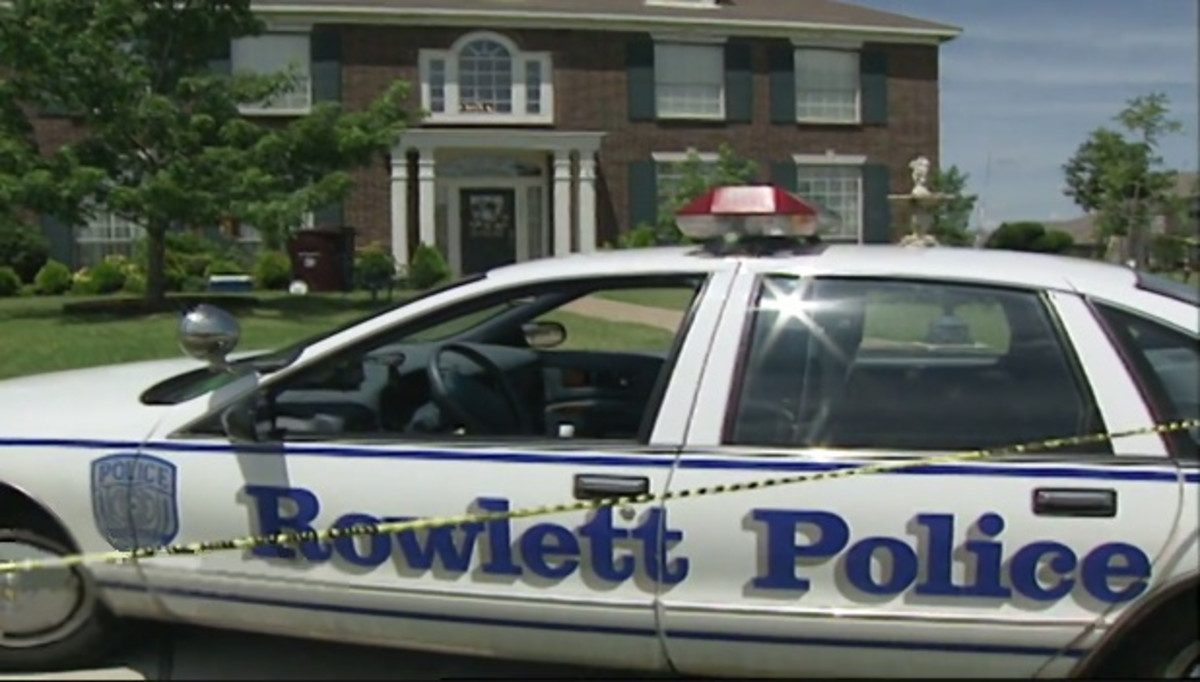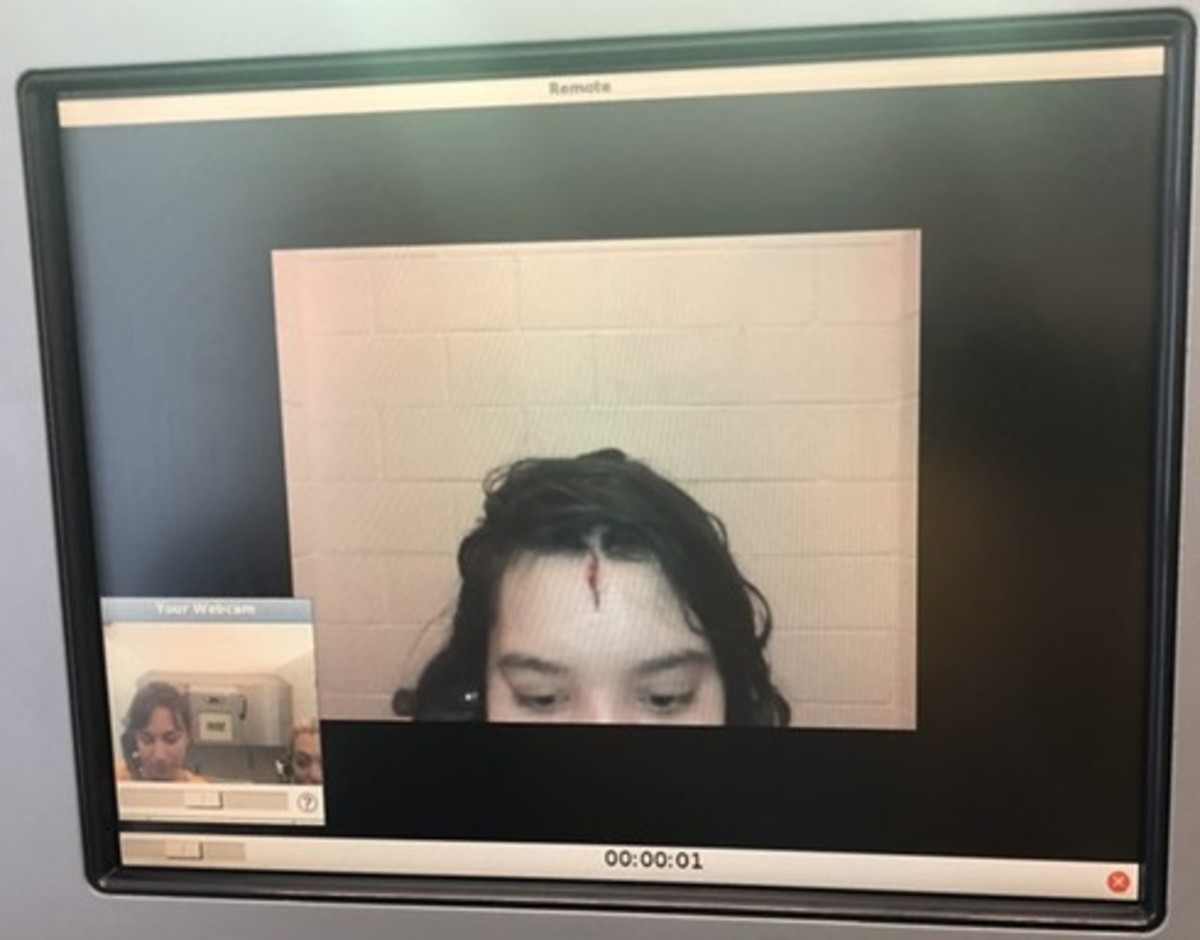Restorative Justice Is Healing Justice

What We Have Is Adversarial Justice
"The adversarial system (or adversary system) of law is the system of law, generally adopted in common law countries, that relies on the skill of each advocate representing his or her party's positions and involves an impartial person, usually a jury, trying to determine the truth of the case." Wikipedia
Until the last ten years I had gotten most of my knowledge of the courts from the ubiquitous Law and Order as well as other programs. Oh, yes and there was the OJ trial. We have seen bad guys get off and good guys go to jail. We believe, however, that except for rare occasions, these dramatic license cases, the system works as an agent for justice for the victim. So did I.
However after serving on a jury and as a Death Penalty Mitigation Specialist, I know that isn't the case. And it really can't be. Look at the very accurate definition above. You have one person working for this thing called 'the people' whose job is to convict and another working for the defendant whose job it is to get an acquittal. Both of them have their job and their reputations, careers and income are based on their doing just what their role is telling them to do. Now, while it is still better than many systems in the world, do you really think that it is going to be a vehicle to find the truth? No, it can't be. The only people whose job that is are the jury and they can only get information from people whose job it is to convict or get an acquittal.
Restorative Justice VS Adversarial Justice
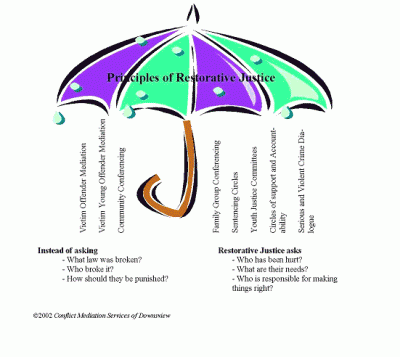
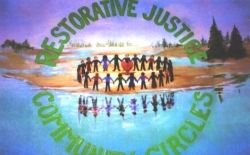
What We Need Is Restorative Justice
The current system sees the state and the injured party. If you are mugged, the guilty person has committed a crime against the state and only incidentally against you. Any stolen property, including money, is held by the state until it is finished with it. You may never get it back. You might be called as a witness, if it behooves the state or 'the people' to have a trial. You might get some sympathetic words from the prosecutor, or you may not. If you want to confront your mugger, you do not have the option. You may get to do a victim's impact statement, if the state sees fit to have a trial and not settle.
Restorative justice focuses on the victim and the impact on the community. These are not abstracts like the people, or even the state. There is more of an impetus to find the truth of what happened.
Eleanor Roosevelt
"When will our conscience grow so tender that we will act to prevent human misery rather than avenge it?"
Madge Michaels-Cyrus
"Nonviolence doesn't always work -- but violence never does."
The Circle of Restorative Justice
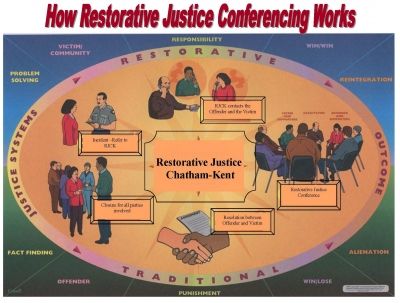
-Anonymous
"Anger is an acid that can do more harm to the vessel in which it stands than to anything on which it is poured."

How Restorative Justice Is Different
First you must know that Restorative Justice is not a Kumbaya love circle. It is not meant to be easy on the guilty. However, it is victim and community focused. There are no abstracts, "the people". Yes, violent and non violent people are still put away, sometimes for life. This isn't a system where a form of 'community service' for violent crimes. It is not a way for the wealthy to buy freedom by re-embursing families.
But the victim is part of the process and has the right to demand a confrontation with the guilty and on the victims' time. If you are the victim of the mugging up above, you could confront the mugger on your timetable. You could ask for other kinds of reparations that you might need. The crime was against you primarily, the community secondarily, but not 'the state'.
It is also not about the guilty feeling better, it is about the victim feeling better. It is about the guilty truly taking responsibility. Being punished by the state, while often difficult, it really a way for the guilty to be absolved of responsibility while never really dealing with the damage that they cause.
A Foundation for Restorative Justice

Dr Tom Cavanagh Teaches Restorative Justice in the Schools
Yes, where better to start to learn personal responsibility to those you harm than in your youth. Could programs like this have prevented Columbine like incidents?
"The purpose of this website is to provide a forum for me to share with others the work I am doing. Currently I am primarily working in the field of restorative justice and particularly restorative practices in schools. My research and professional development interests focus on how schools can use restorative practices to respond to student wrongdoing and conflict in conjunction with a culturally appropriate pedagogy of relations in classrooms under the umbrella of a culture of care to create safe schools. In this environment students experience freedom from harm and the threat of harm and freedom to be who and what they are."
US Depeartment of Justice on Restorative Justice

For those of you who really want to study the issue, the synopsis of 5 symposia are here.
"For some time now there has been growing dissatisfaction with the justice system. Citizens feel disconnected, victims are dissatisfied, and those working in the system are frustrated. Policymakers are increasingly concerned about the burgeoning cost of justice in the face of this discontent and the high rates of recidivism that exist."
A Victim's Story
Restorative Justice Continuum
Its Time To Shift to Restorative Justice
Restorative justice is the path to healing for the victims of crime. It focuses on the victim and the victim's needs. It holds the criminal not just responsible for breaking the law, but also for reparations to the victim.
Do You Think We Need Restorative Justice
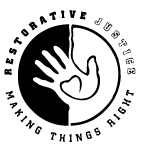
Restorative Justice On the State Level
Many states, including Texas, the state with the most executions, have provided agency help to Restorative Justice programs. This is a good sign. Perhaps they are seeing that we have come to the end of the era of Adversarial Justice and it is time to evolve into something different.
Making Things Right
Restorative Justice and Community Action
Forgiving Dead Man Walking
Victims don't have to forgive in order to gain from restorative justice. Many of them don't, especially those who have had loved ones murdered. However, there is a kind of forgiveness, one that is more of a letting go, that is healing.
Any Purchase Here Will Contribute to Heifer International: The Pay It Forward Entrepreneurial Charity
Many Ways to Learn About Restorative Justice







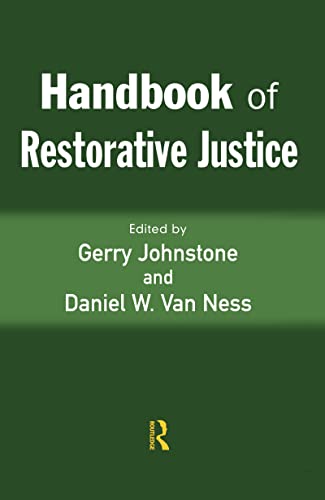






Restorative Justice in South Africa
Cost of Prison
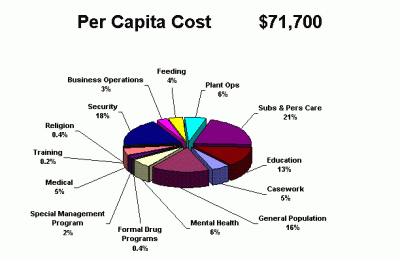



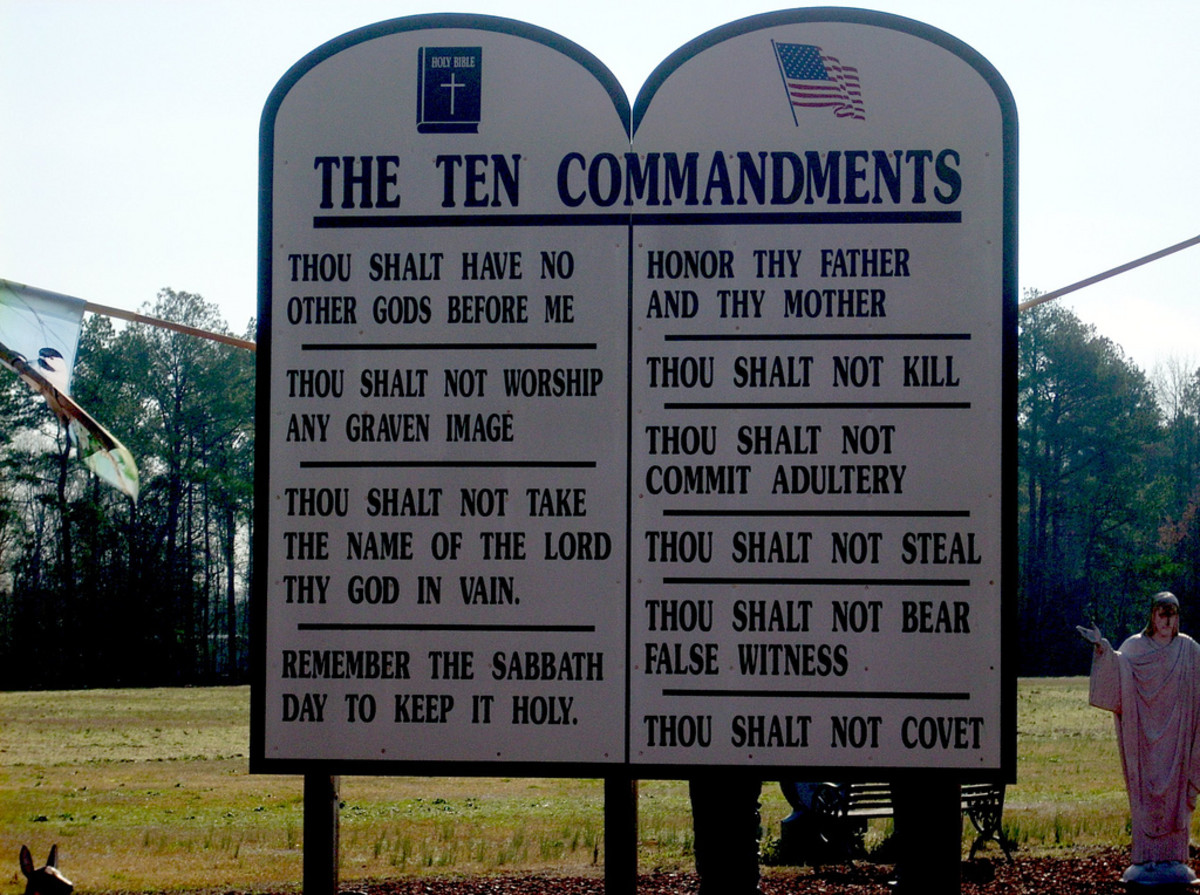

![Education - Solution 3 - Revamp How Education is Organized in America. [33]](https://usercontent2.hubstatic.com/4346237_f120.jpg)

